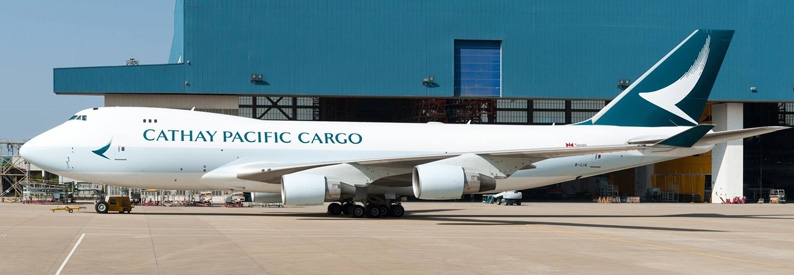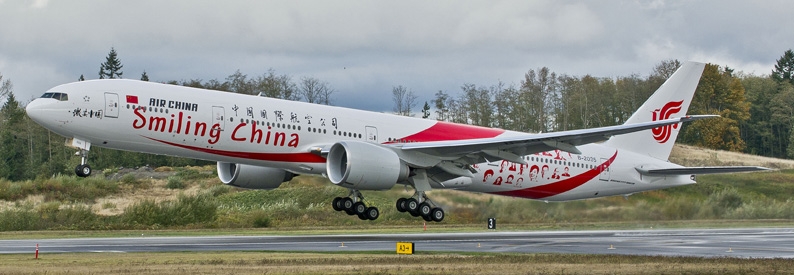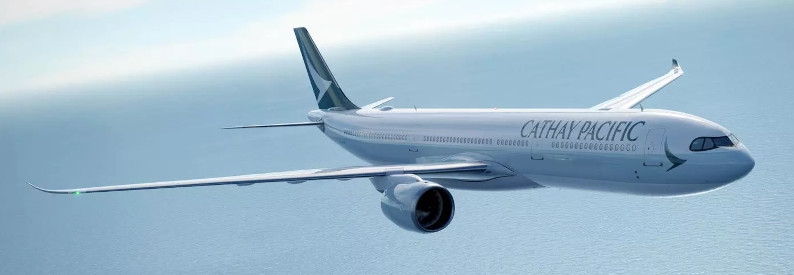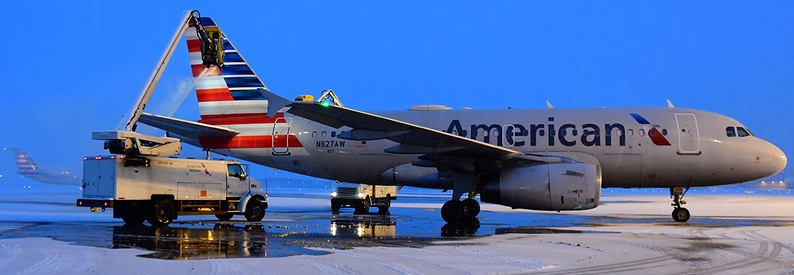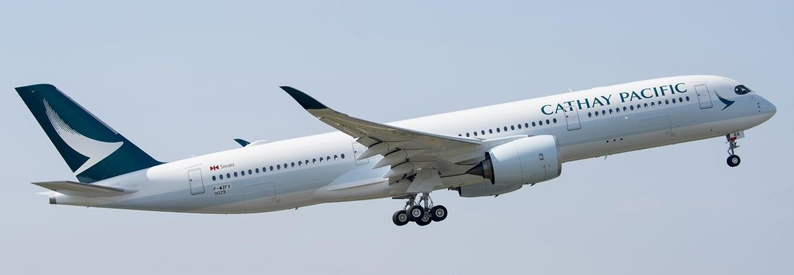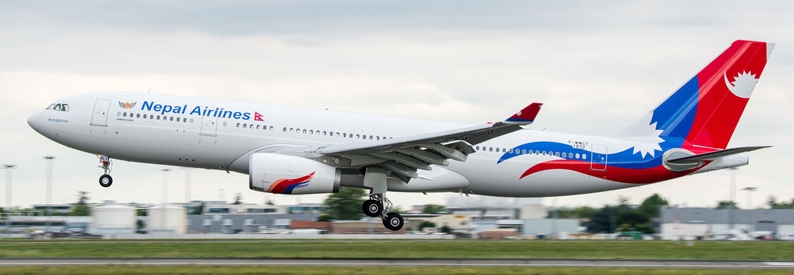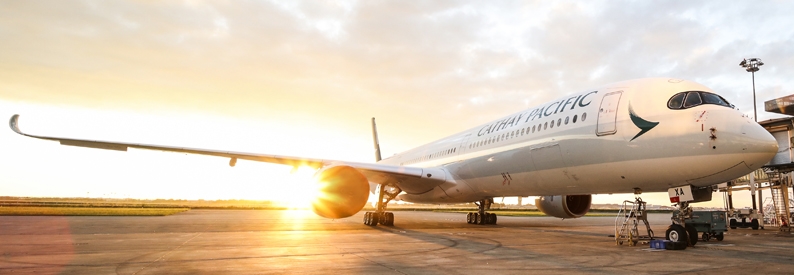Cathay Pacific (CX, Hong Kong International) has confirmed it is using A330-300s, operated by its subsidiary Cathay Dragon (Hong Kong International), to run cargo routes between Hong Kong International and Chinese gateways in light of a recent surge in demand for freight to and from the mainland.
According to Cargo Facts, the airline is using Cathay Dragon's A330-300s on a daily route to Beijing Capital and on 3x weekly services to each of Shanghai Pudong and Xiamen. No passengers are transported on these services as the airline only utilises bellyhold capacity to carry freight.
Cathay Dragon maintains daily passenger services to Beijing and Shanghai and a 3x weekly service to Xiamen. All three are operated with A330-300s. Cathay Pacific itself does not operate any scheduled passenger services into mainland China at present. However, it retains scheduled cargo flights to five cities in the country (including Shanghai and Xiamen but not Beijing) using B747-8Fs and B747-400Fs. Cathay's cargo subsidiary Air Hong Kong continues to operate to Beijing and Shanghai.
In a notice to customers, Cathay also said that it would consider similar steps concerning its services to Japan following the group's decision to suspend all passenger services to the country effective March 9 or 13, depending on the route.
"Following the temporary suspension of passenger services to Japan, we are currently evaluating how to continue serving our cargo customers to and from Japan. This includes the retention of passenger services for cargo carriage only," Cathay said.
According to the ch-aviation Commercial Aviation Operator Schedule Data module, Cathay Pacific currently operates passenger services to Nagoya Chubu, Osaka Kansai, Sapporo Chitose, Tokyo Haneda, and Tokyo Narita, while Cathay Dragon flies to Fukuoka. The group's existing full-freighter network in Japan is limited to Osaka and Narita operated by Cathay Pacific, and Nagoya, Osaka, and Narita operated by Air Hong Kong.
Air Cargo News has reported that the gradual resumption of business activity in China coupled with depressed bellyhold cargo capacity caused by the reduction of passenger operations, has led to a significant spike in cargo rates - by a third between Shanghai and North America and by 15% between Shanghai and Europe.
- Type
- Base
- Aircraft
- Destinations
- Routes
- Daily Flights

